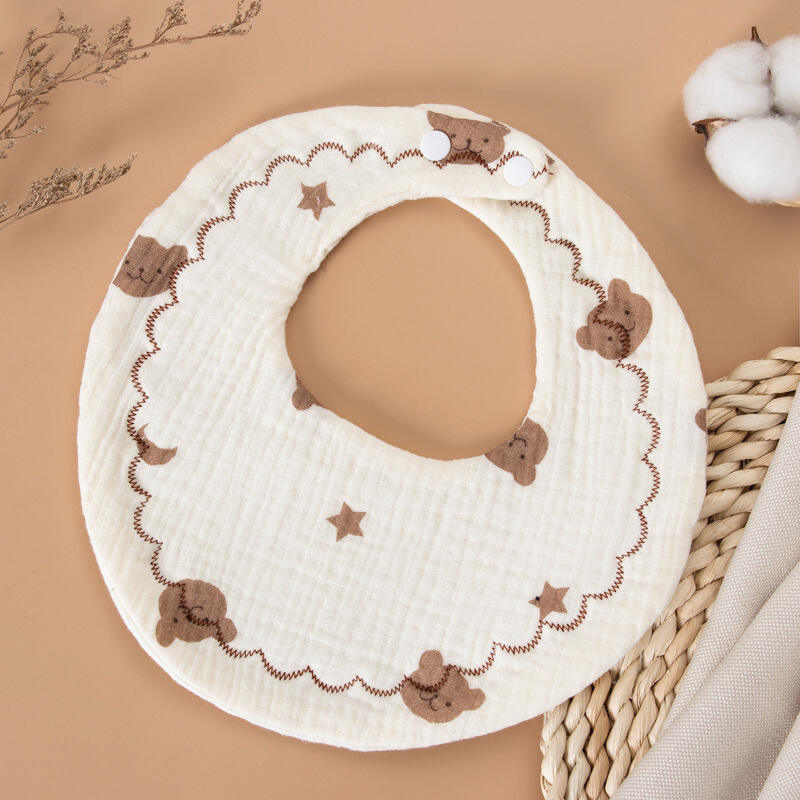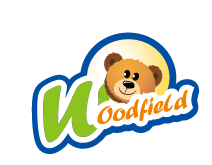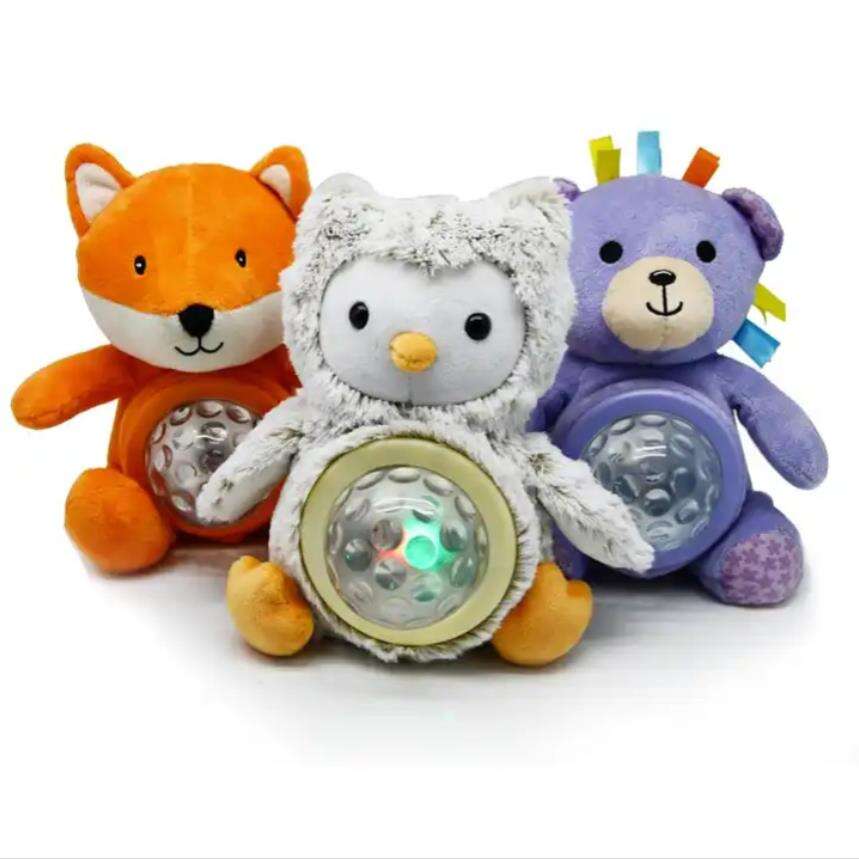Innovative Designs of Educational Toys for Diverse Learning Styles
Understanding Diverse Learning Styles in Early Childhood
Visual Learners: Engaging Through Color & Shape Recognition
Visual learners thrive when information is presented through vibrant visual aids, such as bright colors and various shapes. To captivate their attention, incorporating toys and learning tools that are vividly designed can make a significant difference. Visual aids not only attract these learners but also enhance memory retention and cognitive skills, as studies have shown that vivid visual stimuli can lead to better recall and problem-solving capabilities. Incorporating items like puzzles with colorful images or blocks with distinctive shapes can effectively promote learning. By engaging with such toys, visual learners develop improved visual-spatial skills and a keener attention to detail, which can foster an enriched learning experience.
Auditory Learners: Incorporating Sound & Language Elements
Auditory learners absorb information best through listening and are adept at language and rhythm. To cater to their strengths, the integration of sounds, music, and language into educational toys can significantly enhance their learning experience. Musical instruments like keyboards or drums provide not only a creative outlet but also improve hand-eye coordination and sensory processing abilities. Furthermore, listening activities play a vital role in language development and comprehension skills. Toys like storytelling devices or audiobooks allow auditory learners to engage deeply, heightening their listening comprehension and stimulating imagination. Moreover, educational games that involve strategic verbal communication enrich their auditory processing skills.
Kinesthetic Learners: Tactile Exploration Opportunities
Kinesthetic learners excel through hands-on experiences and physical activities. For these learners, toys that encourage tactile exploration and movement are paramount. Hands-on activities, such as building blocks or interactive playsets, allow them to explore concepts practically and develop crucial motor skills. These toys also stimulate physical engagement by requiring movement and manipulation, thereby enhancing their learning experience. Exercise and sports-related toys like jump ropes or balls present opportunities for kinesthetic learners to engage in balance and coordination activities. Through movement and active participation, kinesthetic learners can absorb information more effectively, turning play into a dynamic learning process.
Essential Features of Modern Educational Toys
Safety Standards in Toy Manufacturing
Ensuring the safety of children is a paramount concern in the manufacturing of modern educational toys. Toy manufacturers must adhere to strict safety regulations that cover aspects such as material composition, design, and toxicity levels, ensuring products are free from harmful chemicals like Bisphenol A and Phthalate. Compliance with these standards is crucial to prevent toy-related injuries, which statistics show contribute to numerous emergency cases annually. Organizations like ASTM International and the Consumer Product Safety Commission (CPSC) set benchmarks for toy safety, influencing production practices globally and helping maintain consumer trust.
Interactive Elements for Multi-Sensory Engagement
Interactive features are vital in modern educational toys, as they engage multiple senses and enhance learning experiences. These elements stimulate sensory play, which is integral to cognitive and motor skill development in children. Toys that offer tactile, auditory, and visual stimulation promote a holistic learning approach, allowing children to explore and interact with their environment actively. For instance, toys with sound modules, vibrant visuals, and textured surfaces facilitate multi-sensory learning, thus aiding comprehensive development.
Age-Appropriate Complexity Levels
Selecting toys that match the developmental stage of children is essential for effective learning and engagement. Appropriate complexity levels in educational toys help balance challenge and enjoyment, preventing frustration while fostering growth. Toys designed to adapt to a child’s increasing skills promote continuous learning and cater to varied developmental stages, from infancy through preschool age. Examples include modular toys, which evolve with new accessories or components, ensuring they remain engaging and educational as children grow, hence promoting sustained interest and development.
Innovative Educational Toy Designs for Holistic Development
STEM Integration Through Playful Problem-Solving
STEM learning is crucial in early childhood as it lays the foundation for future educational success, and toys play a pivotal role by making it interactive and enjoyable. By engaging children in playful, problem-solving scenarios, educational toys help develop critical thinking and analytical skills. For example, the [Cubetto Playset](link), a coding toy, fosters programming skills using AI to tailor experiences according to each child's learning progress. Such toys integrate science, technology, engineering, and mathematics concepts creatively, ensuring holistic development by encouraging curiosity and a love for exploration.
Sensory Stimulation Textures for Tactile Learning
Incorporating various textures into educational toys can stimulate sensory pathways and enhance fine motor skills, a vital aspect of childhood development. Sensory toys are especially beneficial for children with sensory processing issues, providing therapeutic benefits by engaging multiple senses simultaneously. Toys designed with various tactile elements, like the [Snap Circuits Electronics Exploration Kit](link), offer improved learning experiences by encouraging hands-on exploration. Such tactile learning tools allow children to build, design, and interact with diverse surfaces, fostering creativity and improving sensory integration.
Multilingual Components for Early Language Exposure
Exposing children to multiple languages early on is beneficial for cognitive development and can enhance literacy skills, and educational toys with multilingual elements provide an innovative approach to language learning. Toys like the [Gravity Maze Marble Run](link), designed with language elements, offer interactive opportunities for bilingual or multilingual education. These toys encourage children to learn new languages through playful interaction, promoting a natural and enjoyable learning process. Introducing young learners to various languages broadens their worldview and strengthens cognitive abilities from the start.
Spotlight on Woodfield’s Customizable Fabric Learning Tools
Custom Personalized Baby Cloth Books: Tailored Early Literacy
Personalized books create a unique opportunity to boost early literacy by fostering emotional connections between children and their reading material. By tailoring books to include a child's name, favorite themes, or personal details, it becomes more engaging and cherished. This customization helps engender a unique love for reading, inviting children to dive deeper into stories that speak directly to them. Woodfield’s custom fabric books are crafted to elevate engagement and vocabulary building through vibrant illustrations and interactive storytelling elements, making reading an innovative learning experience.
Interactive Animal Tail Cloth Book: Sensory Storytelling
Interactive storytelling takes center stage in early cognitive development, providing vital stimulation for imagination and comprehension. Incorporating tactile features into storybooks enhances the engagement level and aids in sensory processing. Woodfield’s animal tail cloth books feature various textures that support sensory storytelling, helping children to connect with stories through hands-on tactile exploration that brings stories to life, fosters imagination, and supports development.
Custom Personalized Baby Cloth Books: Tailored Early Literacy
Personalized books create a unique opportunity to boost early literacy by fostering emotional connections between children and their reading material. By tailoring books to include a child's name, favorite themes, or personal details, it becomes more engaging and cherished. This customization helps engender a love for reading, inviting children to immerse themselves in stories that inspire engagement and language development. Woodfield's custom fabric books are crafted to elevate vocabulary building through vibrant illustrations and interactive storytelling elements, making reading an innovative learning experience.
Developmental Baby Bibs: Functional Learning Accessories
Today’s developmental baby bibs go beyond traditional practicality by integrating learning elements that benefit infants. These innovative bibs offer a two-fold advantage by protecting clothing and contributing to developmental milestones. Woodfield’s bibs are designed not only to keep your infant clean but also to stimulate sensory recognition and grasp strengthening. This innovative integration fosters learning throughout common daily activities.

Selecting the Right Educational Toy for Your Child’s Needs
Matching Toy Features to Learning Preferences
Assessing your child's learning style is crucial when choosing educational toys. Each child has unique inclinations toward learning, whether they are visual, auditory, or kinesthetic learners. By understanding these preferences, you can select toys that enhance their natural inclinations. For example, visual learners may benefit from brightly colored puzzles and picture books, while auditory learners could thrive with talking toys or sound games. Kinesthetic learners might prefer building sets or toys that involve physical activity. Identifying and matching toy features to these learning preferences not only boosts engagement but significantly supports your child's educational journey.
Durability Considerations for Long-Term Use
Investing in durable toys is essential to ensure they withstand regular use and remain safe over time. Given the statistics on toy waste and its environmental impact, it's beneficial to seek sustainable choices that promote longevity. By prioritizing toys made with high-quality materials, such as wooden play sets or recycled plastics, we can reduce waste and conserve resources. These materials not only assure durability but also ensure safety during rough play, making them ideal for long-term use. Choosing sustainable options is both a practical and environmentally responsible approach to providing lasting educational benefits.
Growth-Adaptive Designs for Evolving Skills
Toys with growth-adaptive designs are instrumental in supporting various stages of a child's development. These designs enable toys to evolve with a child's skill level, offering continual learning opportunities without losing relevance. Incorporating features that can adapt over time, such as adjustable complexity levels or expandable sets, ensures sustained engagement and learning. For instance, building blocks that increase in challenge or games with multiple difficulty stages can encourage skill advancement. Opting for toys that are capable of evolving alongside a child's growing abilities fosters an environment where learning is dynamic and lifelong.
Recommended Products
Hot News
-
Selecting the Right Educational Toys for Different Age Groups
2024-11-08
-
Materials Used in the Production of Stuffed Animals
2024-11-04
-
Chinese Plush Toy Factories Lead the Global Market with Innovation and Quality
2024-01-23
-
How Plush Toys Can Boost Your Mental Health and Well-Being
2024-01-23
-
Plush Toys Factory Industry Trends: A Growing Market with Challenges and Opportunities
2024-01-23
-
Plush Toys Market Demand on the Rise
2024-01-23
-
Woodfield Website Online
2024-01-22

 EN
EN
 AR
AR
 BG
BG
 HR
HR
 DA
DA
 NL
NL
 FI
FI
 FR
FR
 DE
DE
 EL
EL
 IT
IT
 JA
JA
 KO
KO
 NO
NO
 PT
PT
 RO
RO
 RU
RU
 ES
ES
 SV
SV
 TL
TL
 IW
IW
 ID
ID
 SR
SR
 UK
UK
 HU
HU
 MT
MT
 TH
TH
 TR
TR
 FA
FA
 MS
MS
 GA
GA
 IS
IS
 EU
EU
 BN
BN
 LO
LO
 LA
LA
 SO
SO
 KK
KK

